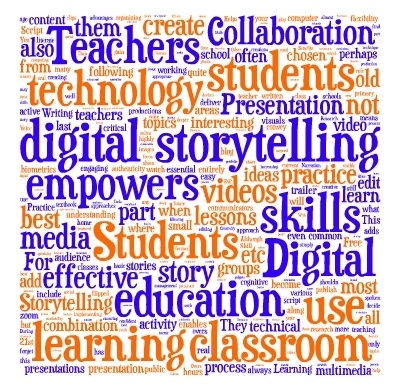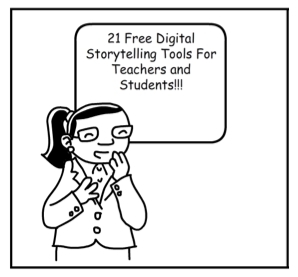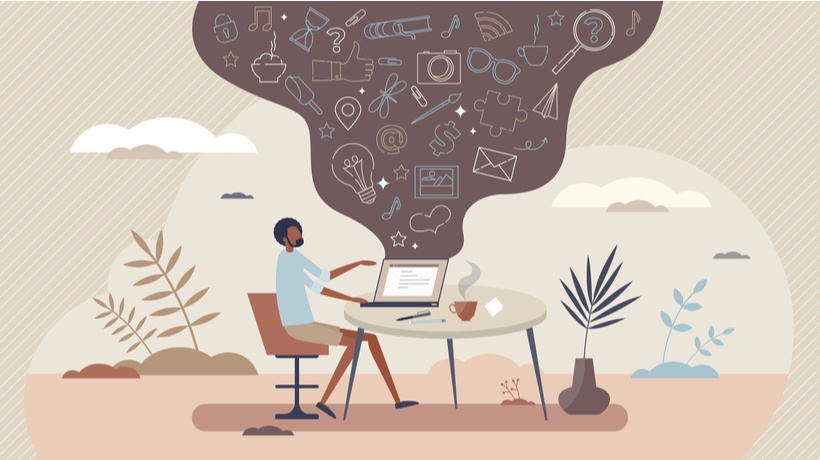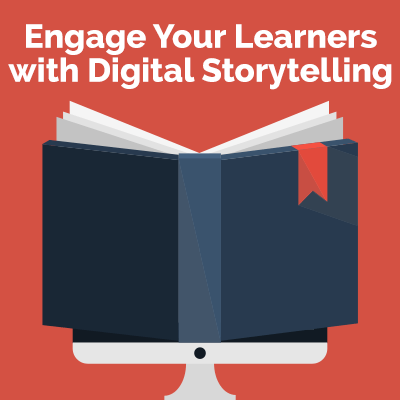Digital Storytelling Helps Students Practice Essential Skills
Digital storytelling empowers students to be confident communicators and creators of media as they gain essential 21st-century literacy skills and reach deeper understanding in all areas of the curriculum.
This technique is a combination of the old storytelling tradition and new technology. With increasing availability of computerized devices in schools, various forms of digital media production have become quite common as approaches to learning.
A digital story is essentially any combination of a spoken narrative and a number of visuals, perhaps with a soundtrack - along with new technologies to edit and share the story.
Although the concept of digital storytelling is closely linked to the use of new technology, we shouldn't forget that it is always the story and not the technology that teachers should focus on. We should merge the digital skills with the literate education; this is where teachers still have a role to play, even in the digital age.
In my teaching practice I often have students practice digital storytelling to help them develop basic oral, written and digital skills, or simply content understanding.After adopting the flipped classroom approach, I have almost entirely eliminated lectures. Students watch video lessons at home, and devote classroom time to working in small groups creating digital stories. They write their own multimedia presentations about the latest gadgets and technology topics, such as "online dangers", the primary components of a computer, cognitive computing, or biometrics, etc. Then they present their digital storytelling creations to the class.
8 Digital Storytelling Benefits For Students
By implementing digital storytelling in your classroom students practice the following skills:
- Research
Students do extensive research on the topics they have chosen - Resource Selection
The most appropriate images, video clips, and other media, to convey targeted ideas are chosen, as well as the best media for the presentation (digital magazine, movie trailer) - Script Writing
Writing skills (a critical part of the learning process) are improved. - Voice-Overs
Narration of the script adds authenticity to the videos and improves public speaking skills - Technical Skill Development
During the many hours spent editing videos, students have to decide when to zoom, which image is best, when to add voice-overs, etc. Learning these technical skills enables students to create progressively more interesting and engaging videos. - Collaboration
By working in groups, students are active in the learning process and practice social skills. (Other advantages of cooperative learning include easy management of content, visible tracking of students' activity and flexibility of organizing new ideas). - Presentation
Students deliver their presentation to a real audience. (The best presentations are preserved in an e-portfolio that I publish on my blog and I use them again the following year for the introduction of new lessons or as part of a multimedia textbook. My students create the videos and lessons that I will use in my future classes. They learn not only from their own digital storytelling productions, but also from those of former and current peers. - Creativity Expression
The creative use of technology is perhaps the most interesting aspect of digital storytelling.
You may also find valuable the 21 Free Digital Storytelling Tools For Teachers and Students









